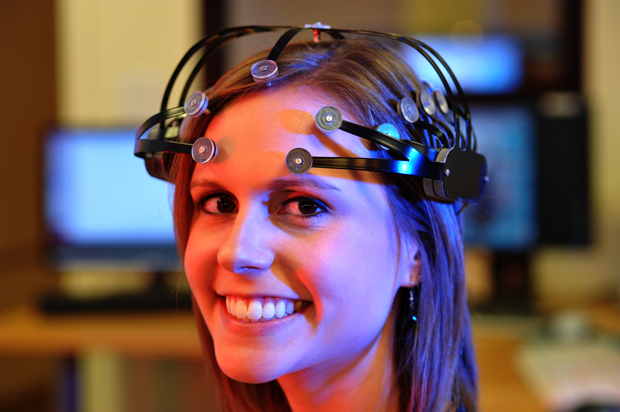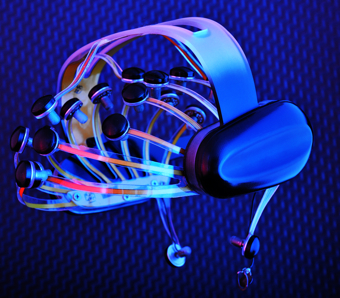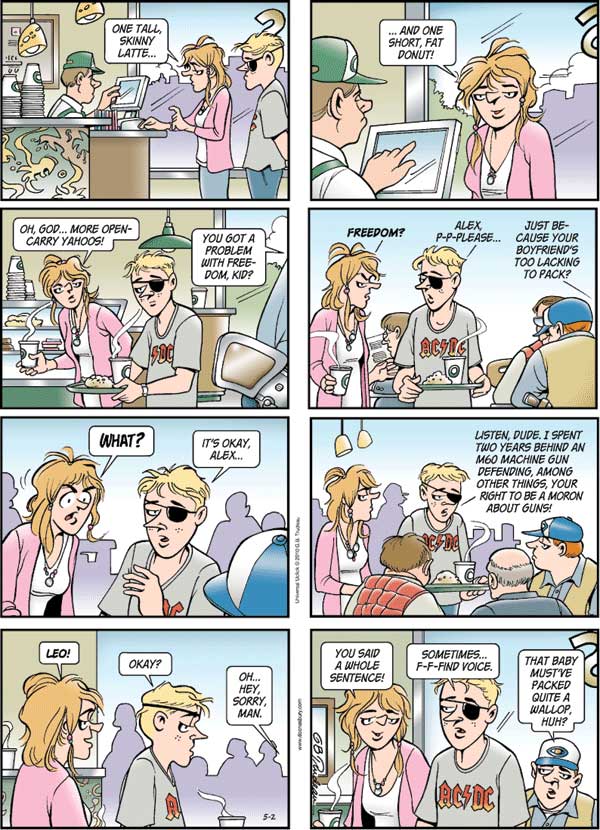Neuromarketing goes mobile with this lightweight, dry, and iPhone- or iPad-compatible new device from NeuroFocus. DiY brain researchers rejoice!
 NeuroFocus
NeuroFocus, a firm that brings brain research to marketing, today
unveiled what it deems “the first dry, wireless headset designed to capture brainwave activity across the full brain.” The device, three years in the making, debuted at the 75th Annual Advertising Research Foundation conference in New York.
What is “neuromarketing,” the odd corner of marketing research NeuroFocus has staked out for itself? Broadly speaking, neuromarketers measure how the brain and body react to certain stimuli, then extrapolate from that information whether an advertisement, brand, product, or package is having its desired effect. Neuromarketers
reportedly had a hand in the 2010 midterm elections, with several
consulting for Republican candidates. Neurological research has also been used to help market movies. Recently,
Fast Company also
explored whether these firms might have a hand in making the movies themselves.
NeuroFocus’s new device, which it calls “Mynd,” has a few key features. It claims to get “full-brain coverage with dense-arrray EEG” sensors, yielding data “within seconds” of switching the device on. It can also network with any Bluetooth-enabled mobile device, like an iPhone or iPad. Unlike other EEG devices you may be familiar with, Mynd doesn’t need to use gel (that’s what’s meant by calling the device “dry”). And since the device isn’t too heavy itself, and can be linked to a wireless device, that basically makes it a mobile brain scanner. (See our earlier take on a “wearable” PET scanner for rats,
here.) NeuroFocus envisions research panels conducted at home with the device; its CEO
Dr. A.K. Pradeep tells
Fast Company those might happen within the next eight months.

The Mynd device is enough of an advance that medical brain researchers are taking an interest in it. The European Tools for Brain-Computer Interaction Consortium, or
TOBI, will use Mynd as its “core platform” to develop technology that could help people with neurological disabilities; NeuroFocus says it's donating several devices to the consortium. NeuroFocus advisor and UC Berkeley professor
Dr. Robert Knight helped facilitate the contact at TOBI, which is led in part by Professor
José del R. Millán, a researcher at the Swiss Federal Institute of Technology who has pioneered a number of novel brain-computer interfaces (including one featured in
this slideshow on the new “thoughtpads,” from last fall). In the words of Dr.
Gerwin Schalk, a research scientist in neural injury and repair at the Wadsworth Center, a New York State public health laboratory, Mynd’s real innovation is in taking brain research from being bulky and expensive to something potentially lightweight and on-the-fly: “This wireless dry electrode headset substantially reduces the cost and expertise necessary to access signals from the brain, which has profound implications for clinical and commercial applications of EEG technology,” he
said in a statement.
NeuroFocus CEO Dr. A.K. Pradeep tells
Fast Company he was especially excited to be contributing to science: “I run a marketing company, and I know we’ve taken so much from science. It’s kind of cute and funny to give back to science. The headsets we design are now actually going to be used by people in wheelchairs to control those wheelchairs. It’s really a fascinating moment.”
NeuroFocus is expected to roll out the device in labs all over the world shortly; the device is not for sale commercially however, and Pradeep declines to say how much each one costs.
Follow Fast Company on Twitter.
[
Images: NeuroFocus]
more read ...










 The Mynd device is enough of an advance that medical brain researchers are taking an interest in it. The European Tools for Brain-Computer Interaction Consortium, or
The Mynd device is enough of an advance that medical brain researchers are taking an interest in it. The European Tools for Brain-Computer Interaction Consortium, or 



